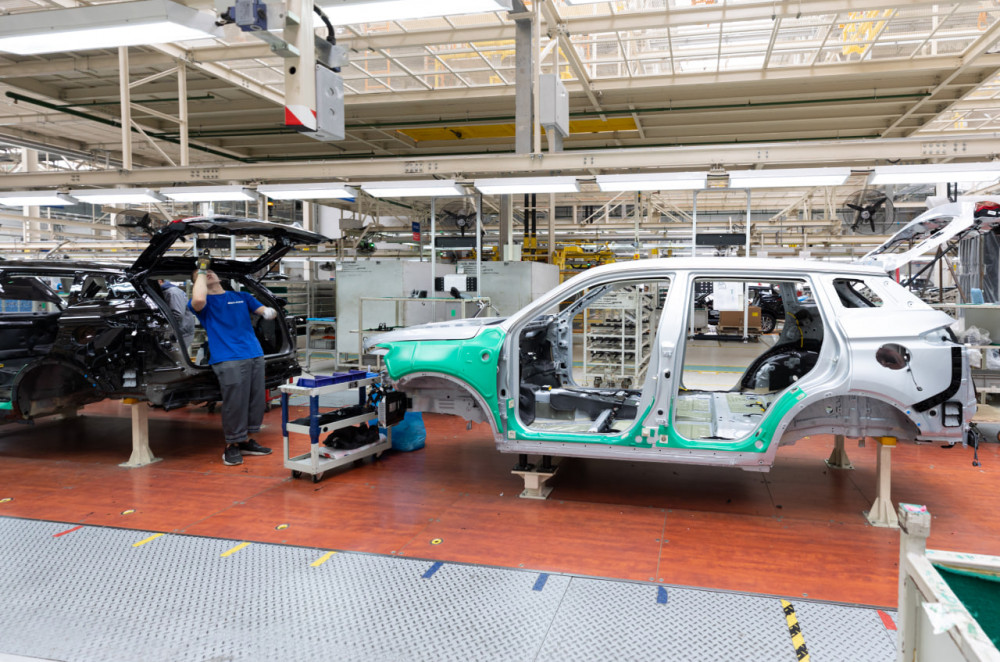How to Identify Machine Breakdown Causes
When using a downtime tracking system to monitor machine downtime, performance, and OEE, the effectiveness of your system largely depends on its setup. One of the crucial tasks is defining the causes of machine breakdowns
This article will highlight the key aspects to focus on. These insights can be applied whether you are using MDCplus or aiming to enhance your current machine downtime tracking process.
Establishing a Framework for Effective Machine Downtime Analysis
The first step is organizing the causes of machine breakdowns. Aim to keep it simple so that production operators on the shop floor can easily identify the correct reasons. Begin by listing the most common breakdown reasons in your production and see how they can be categorized.
Grouping Machine Breakdown Causes
A common approach is to start with three to five groups, each containing no more than six breakdown causes. Six is optimal to keep the list short and manageable. Some users manage up to eight stop reasons per group, which is also acceptable, though it may require more scrolling and time for operators to find the right reason. This level of detail can be justified if it provides more insights into production downtime.
Avoiding Generalization
Avoid overly general definitions for breakdown causes. General causes lead to general downtime analysis, which hampers informed decision-making for improving OEE and reducing downtime. For instance, instead of using a broad term like "Mechanical breakdown," use more specific reasons such as "Conveyor breakdown" or "Packing machine breakdown." This specificity helps the maintenance team address issues more effectively.
Handling Infrequent Breakdowns
Once you have defined the main stop groups and reasons, you're ahead of many manufacturers. It's also important to track rare breakdowns as they can provide valuable insights into your production. Monitoring breakdowns on long production lines can be challenging, especially if only part of the line has an automated monitoring system. Ensure data reflects issues accurately, even if operators are stationed at different points along the line.
Sample Breakdown Causes to Get Started
To assist you, here is a sample list of different machine breakdown causes based on input from various industries. Use these examples to build an effective machine downtime analysis framework:
Setup
- Product changeover
- Measure change
- Material change
Technical
- Machine reset
- Conveyor breakdown
- Robot breakdown
- Aspiration failure
- Power failure
- Lubrication failure
Work Arrangement
- Material shortage/waiting
- Poor quality material
- Forklift wait/bringing material/taking material away
- Supplies missing/searching/waiting
- Work on another machine
- Missing work order/instruction
Maintenance
- Cleaning the machine
- Daily maintenance
- Weekly maintenance
- Planned maintenance
- Unplanned maintenance
Planned Stops
- Pause
- Lunch
- Meeting
- Training session
Start Monitoring Without Overthinking
The key takeaway is to avoid overthinking. You likely already know the most frequent breakdown causes in your production. Collaborate with your team to define these reasons and view it as a continuous improvement process. Once you have identified your groups and causes, begin monitoring your breakdowns.
Interested in digital transformation? Let's discuss!
